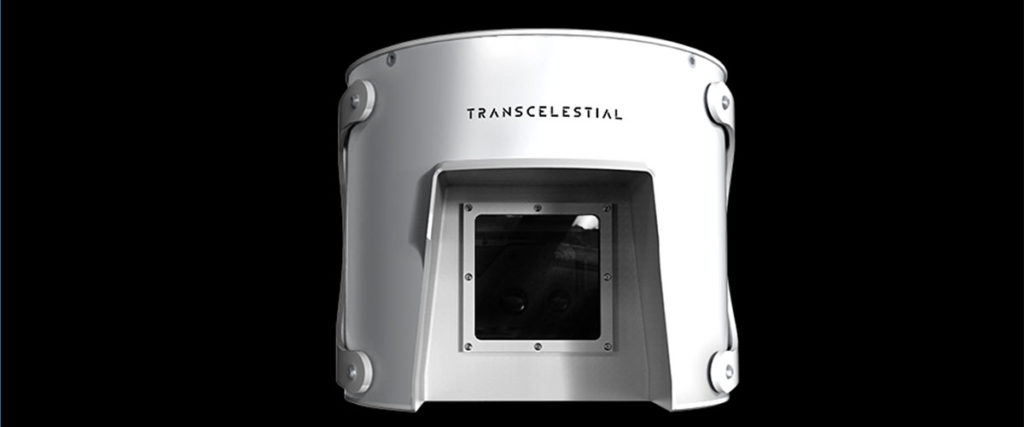Rohit Jha, the co-founder of Singapore Startup Transcelestial, wants to provide cheaper and more secure internet connectivity via a network of space lasers. He sat down with Hive Life to explain why.
In the Star Wars universe, lasers are associated with epic battles and galactic heroes. In the real world, their uses, whilst less glamorous, are no less impressive. In recent years, space agencies such as the European Space Agency and NASA have used lasers for purposes ranging from space communication to measuring Earth’s thinning ice sheets. As laser technology has matured, however, so has its prospects. One startup riding this wave is Singapore-based Transcelestial, a new venture that aspires to connect the world with its space laser network.

Transcelestial’s two founders Rohit Jha and Mohammad Danesh first met at Entrepreneur First, a UK based startup accelerator. “Before this, I was working in electronic trading markets. As part of my job I was exposed to undersea cables and internet connectivity,” says Rohit. “My co-founder Danesh has a PhD in NanoPhotonics in Graphene and has been working in companies in Japan, China and Singapore designing microwaves and laser systems.” It wasn’t long til the two decided to join forces, uniting with the shared vision of connecting the world through revolutionising how data is transmitted.
Currently, 95% of the world’s data travels through undersea cables. Such technology uses lasers to transmit data through fibre optic chords in these undersea cables. However, these cables take around half a billion to a billion to set up, and tens of millions more to maintain as they tend to break easily. “Satellite technologies have been around for a long time. which is itself based on radio wave technology originating from the 1800s,” explains Rohit. “The problem with this is that it has reached a limit on how much data it can support. The network is also very slow because the satellites are very far away.”

With this realisation, Rohit and Danesh were inspired to set up their space laser network. “The idea is to put around 400-500 Nanosatellites, which are twice the size of your laptop, into space to create a network that can enable the transmission of hundreds of gigabytes of data per second,” says Rohit. According to them, not only will the costs be much lower than those involved with underwater cables, but the connection they provide will also be much quicker.
So far, Transcelestial has been working on building their technology and doing R&D to demonstrate the capacity of the company. According to Rohit, they have been testing how to transmit data through lasers between buildings, balloons and drones to see if stable connections can be made. A few months ago, Transcelestial collaborated with SK Telecom to improve the internet connectivity of a public library near Seoul. By replacing the microwave links between rooftops with lasers, they improved the connection speed by more than 20 times. Moreover, when Typhoon Soulik hit Korea, the connection was not affected, proving the entrepreneurs’ point that they can provide internet connection which is both faster and more stable.
So far, Transcelestial has accumulated significant funding from big investors in Singapore and abroad. “We spent a lot of time talking to people as we needed to raise 2.5 times more than the regular seed amount to maintain the cash flow of the company. Luckily, we were able to obtain seed funding from prominent VCs and angels such as SEED Capital, AirTree Ventures and Michael Siebel from Y Combinator,” says Rohit. “Our main challenge now is to see whether we can build the technology, but we are definitely on the right track. We just need to show that it is ready for space, and how we can make it commercially cheaper.”
Next year, Transcelestial will start manufacturing ground-based technology to offer terrestrial internet services to businesses in South-east Asia and parts of Europe while continuing to refine their technology to prepare for their first space launch in 2020. If they are successful, one small step for Transcelestial could indeed be a big leap to improving the connection of mankind.
Related Articles
Payment Giant Stripe Talks About Future of the Internet Economy
China Internet Report: How Chinese Firms are Rewriting Globalisation




